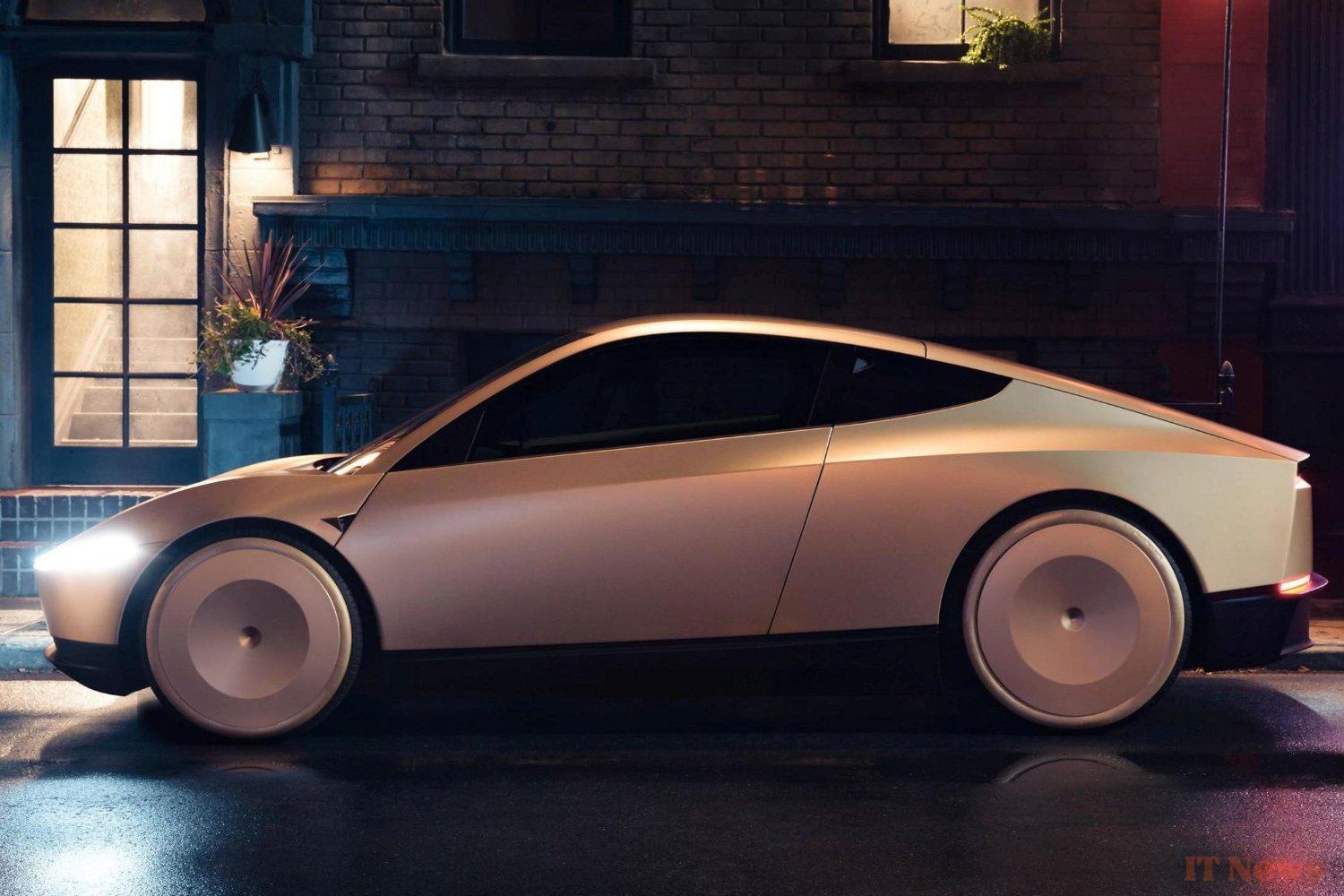Tesla has just obtained a permit as a ridesharing company in California from the California Public Utilities Commission (CPUC). California authorities gave the green light to the Austin, Texas-based company after an application was filed last August. The permit is specifically related to the transportation of individuals, a type of permit generally granted to companies that wish to charter a bus, offer tourist services, or offer transportation under contract with a company, a government agency, or a school.
The permit differs from the one granted to companies like Uber and Bolt, which only connect independent drivers with customers. Nevertheless, it is a first step towards becoming a service managing a fleet of vehicles and offering rides.
Next step, the autonomous car permit
With this TCP permit (transportation charter-party carrier), Tesla has just gained access to transporting its own employees, upon reservation. Later, it will also be possible to transport passengers outside the company, but Tesla will still have to apply for it. It should be noted that this does not apply to autonomous vehicle transport. To obtain the green light, it will be up to the California Department of Motor Vehicles. The American manufacturer seems to have more hope for the state of Texas in this regard.
The robotaxi that Tesla plans to launch on the market in 2026 is called Cybercab. Presented in October last year, it is now one of the two silhouettes of autonomous cars imagined by the brand (along with the Robovan). The strategy differs compared to other autonomous car services like Waymo, which is betting on LiDAR sensors. Tesla swears by artificial intelligence and cameras to read the road, even if it means encountering limits in bad weather conditions. Learning the maps and infrastructure will therefore have to go through numerous tests with real drivers at the wheel, initially.
Elon Musk's strategy, however, is not only oriented around his autonomous car, since the Cybercab project could also be transformed into the Model Q, a model under 30,000 euros. It could arrive on the market as late as spring, to deal with the recent drop in popularity of the brand, which resulted on a drop in sales in Europe, reaching -60%.
Source: Reuters



0 Comments